Asus ROG Strix B360-G Gaming Micro-ATX Motherboard Review: Solid but Spendy
Why you can trust Tom's Hardware
Software & Firmware
The Strix B360-G Gaming includes the same Ramcache II, EZ Update, Sonic Studio III and GameFirst IV software recently detailed in our Strix Z370-G Gaming review. The same version of Ai Suite 3 is also present, but options are reduced to match the non-overclockable B360-based platform and our non-turbo-boost CPU. There is no nagging flag that tells users to run 5-way Optimization, because some of those “ways” involve overclocking. The Dual Intelligent Processors 5 and TPU menu items disappear here as well, taking Turbo App and Digi+ VRM with them.

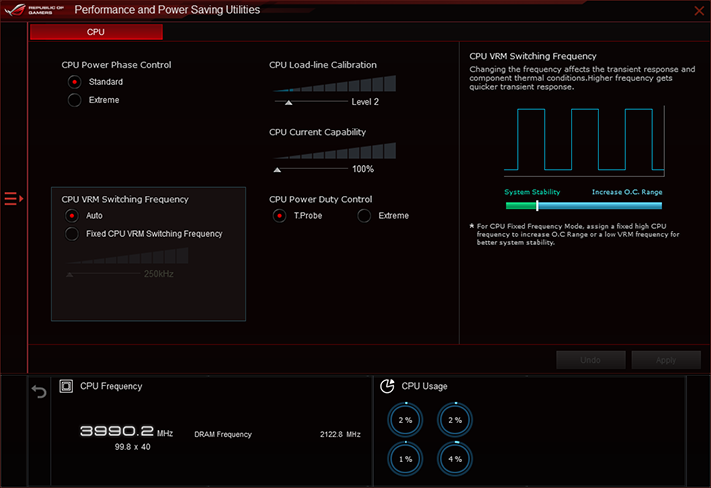

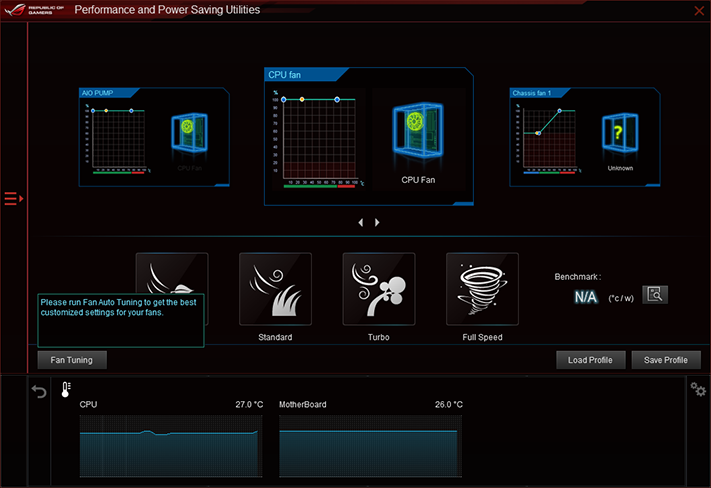
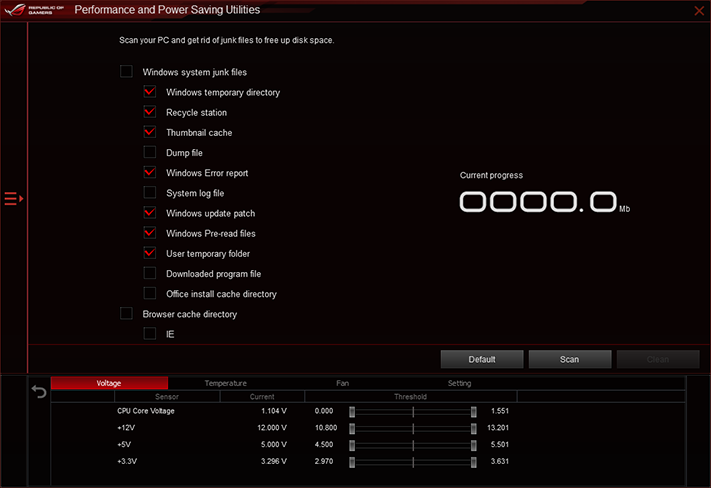
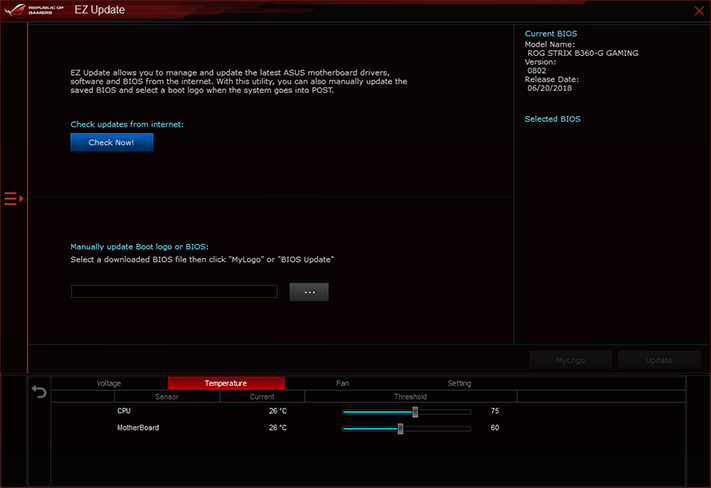
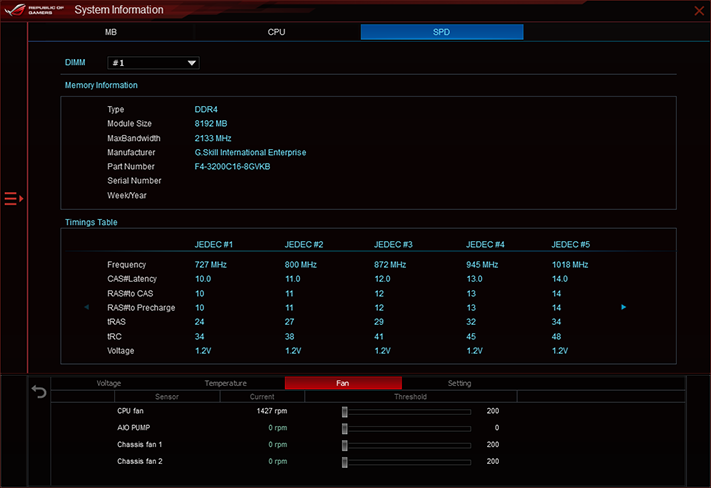
The lack of onboard RGB lighting leaves only the Strix B360-G Gaming’s RGB header for the Aura suite to address, in opposition to the Strix Z370-G Gaming’s inclusion of on-board RGB but no header. The software also addresses most brands of RGB memory. But you'll of course want to consult the full list of supported memory before buying.
Firmware
Surprisingly, the Strix B360-G Gaming is the first Asus board we’ve seen in a while to use Advanced Mode as the default GUI for its UEFI. Not much can be changed regarding clocks, since the chipset limits the RAM to DDR4-2666 at best, and our Core i3-8350K knocks that cap down to an even lower DDR4-2400. Voltage levels can be altered, but to little effect without overclocking capability (though users are welcome to chase higher efficiency. Underclocking is even an option for anyone who wants to shoot for extremely-low power use or low heat.
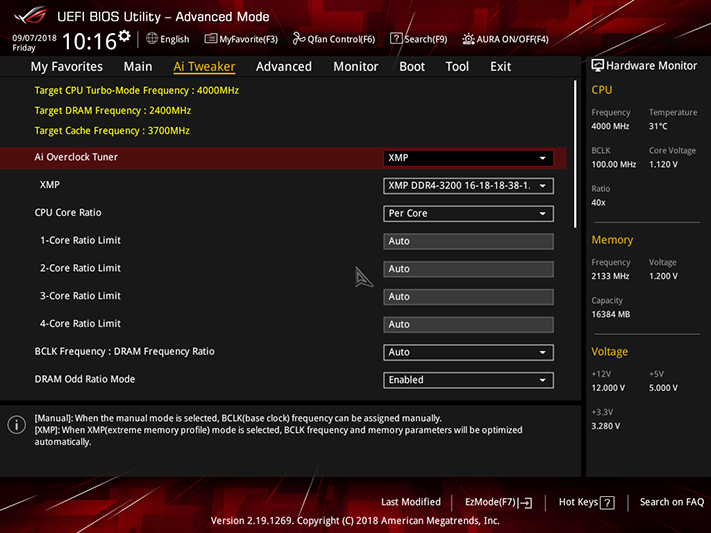
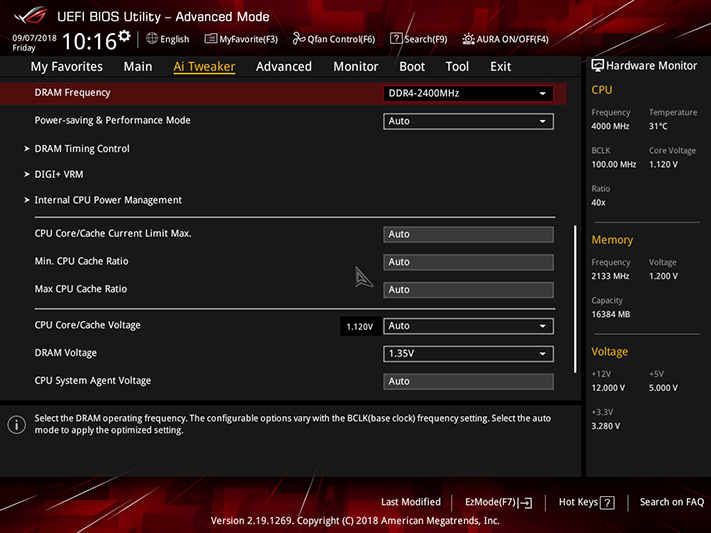
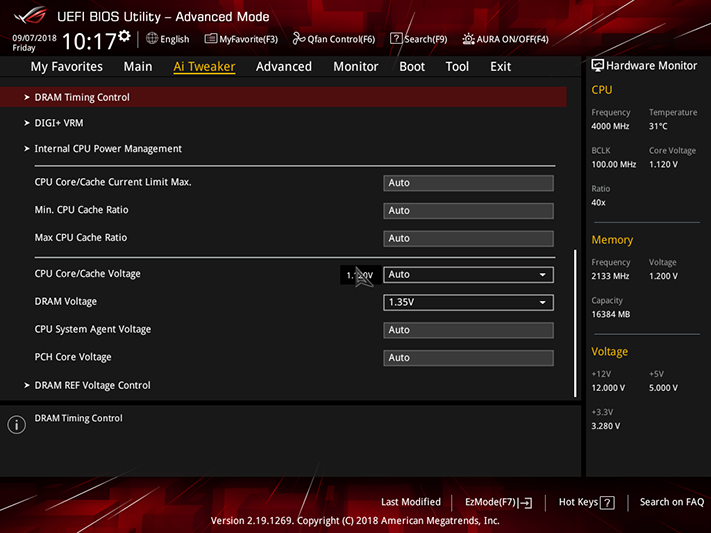
Setting XMP mode didn’t overcome the CPU’s ratio limit, but the Strix B360-G Gaming bumped our DRAM up to 1.376V (measured) at its 1.350V setting, which hardly seemed appropriate given the low data rate. Users of higher-end processors can also use this menu to boost CPU core/cache current limits for longer up-time at the CPU’s highest rated Intel Turbo Boost ratio.
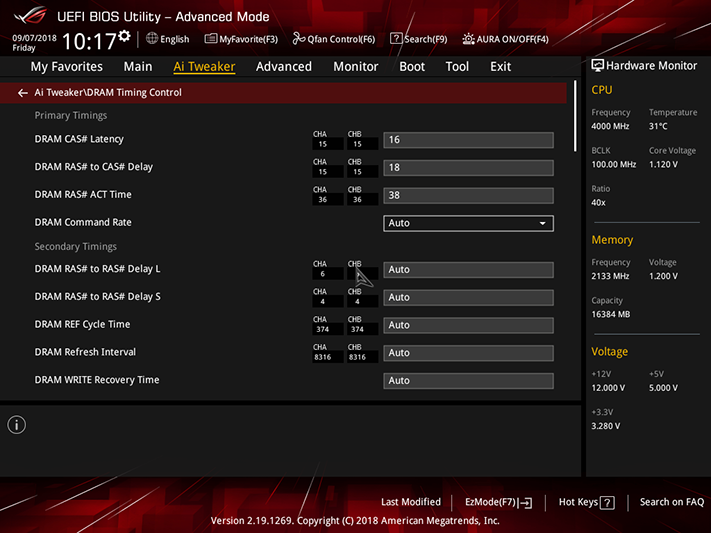

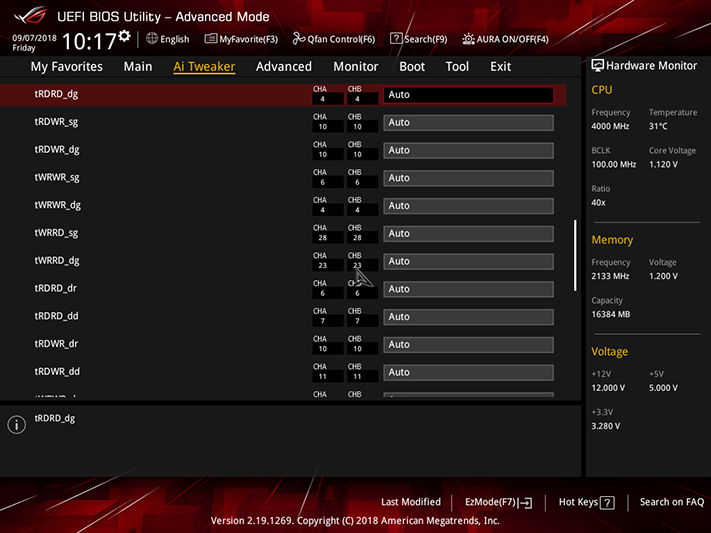
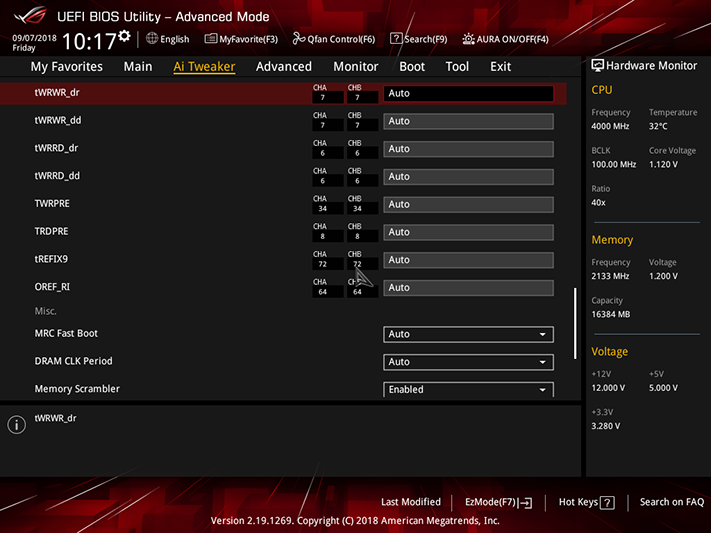


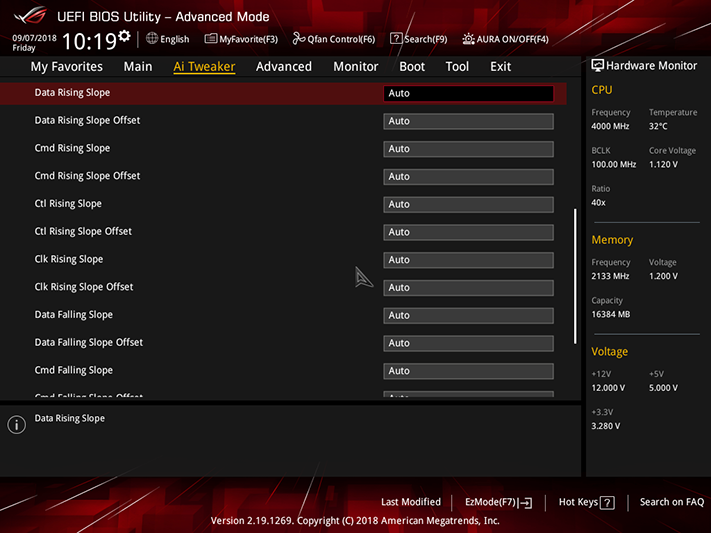
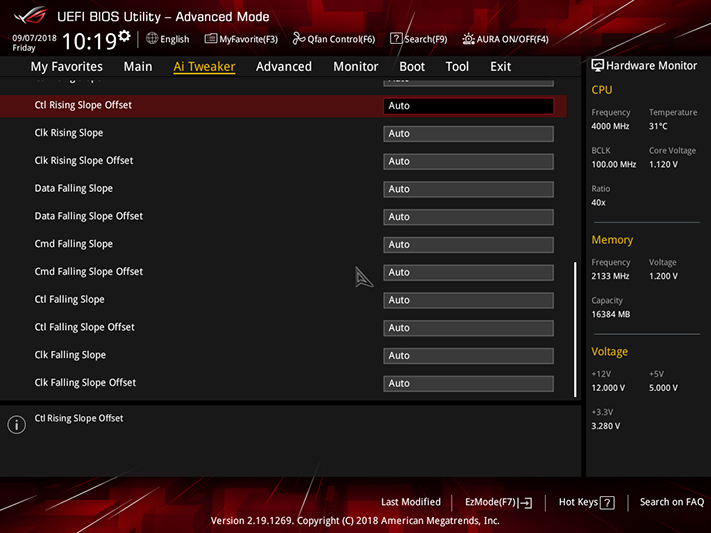
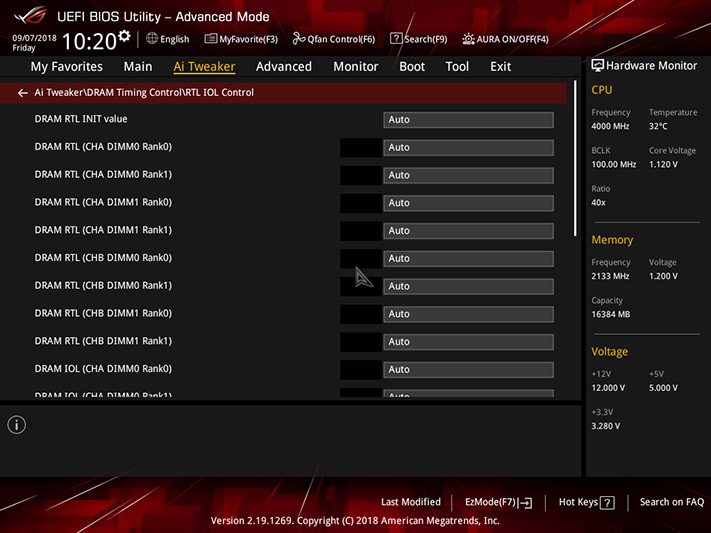
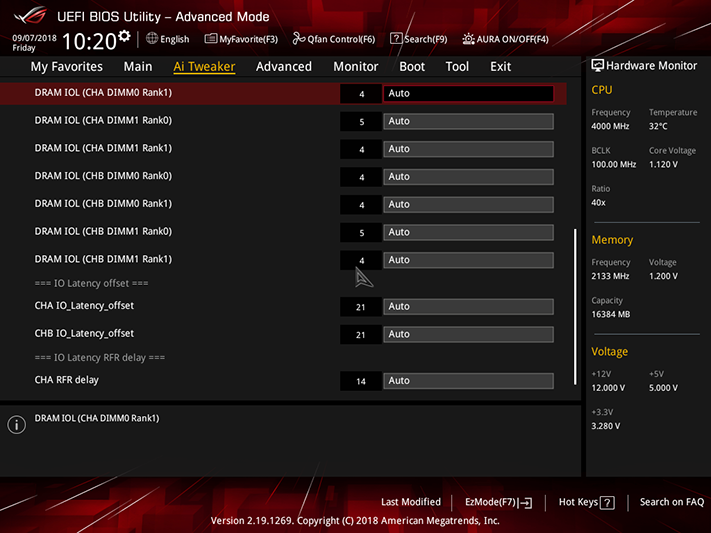

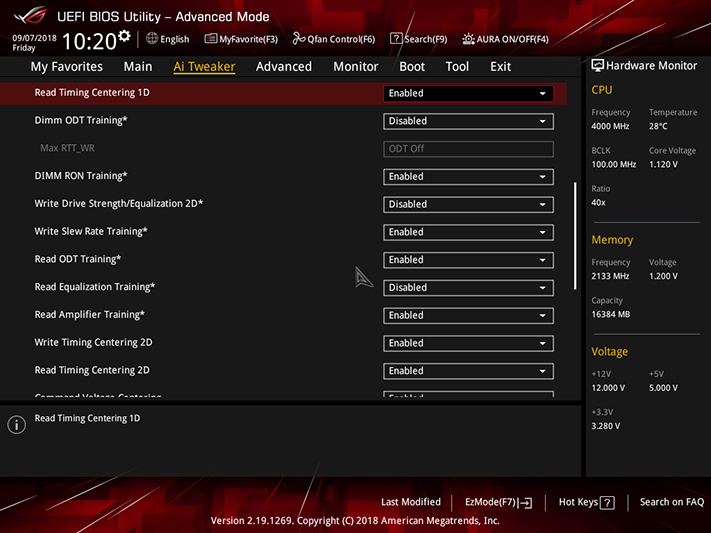
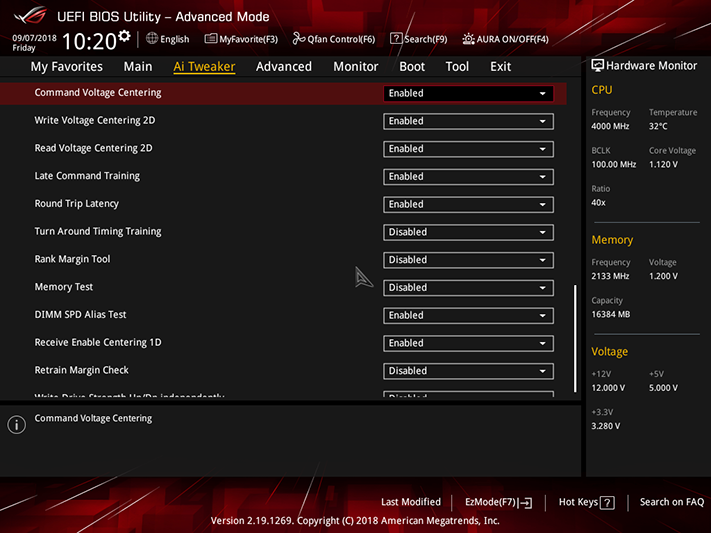
A seemingly endless array of memory timing, skew, RTL, IOL, and training adjustments allow true memory fanatics to make the best of a difficult situation via manual latency adjustments.
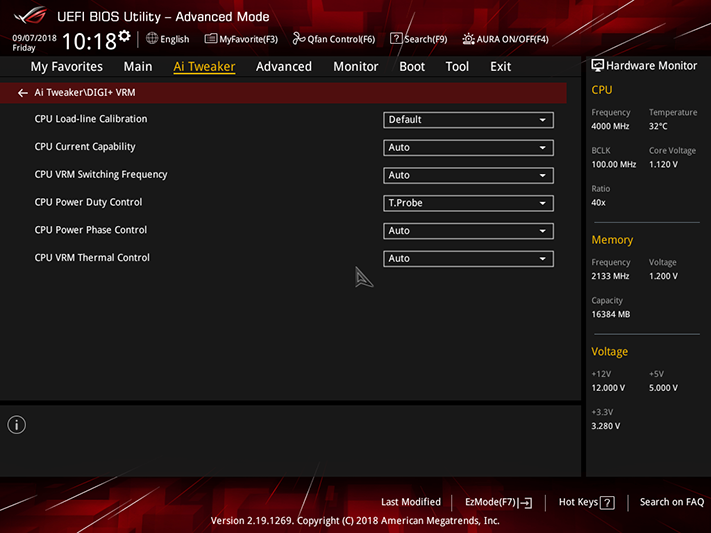
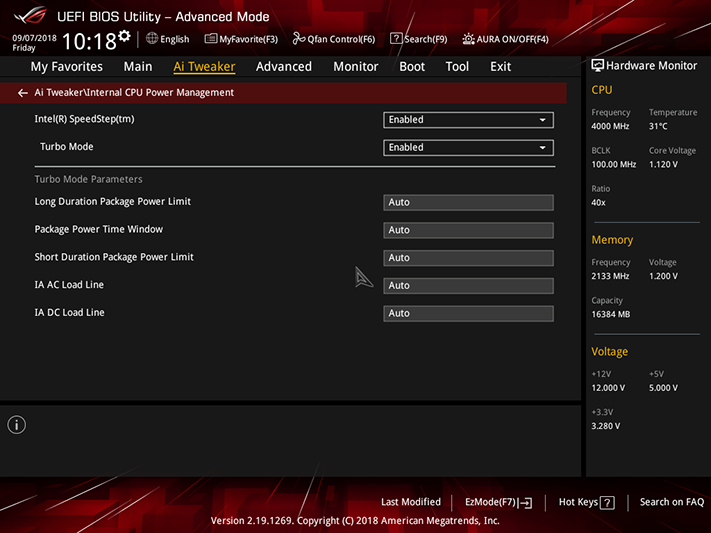
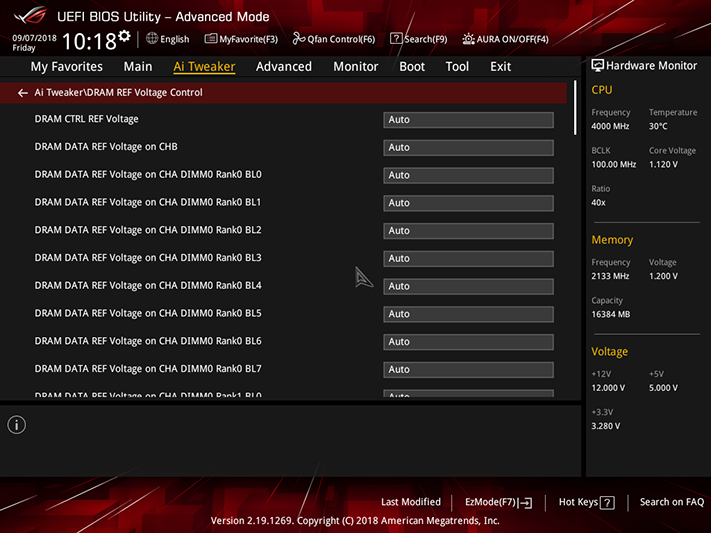

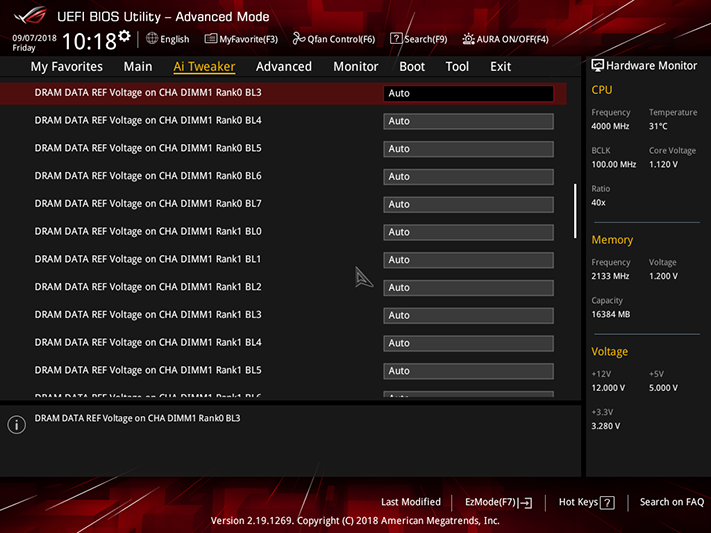
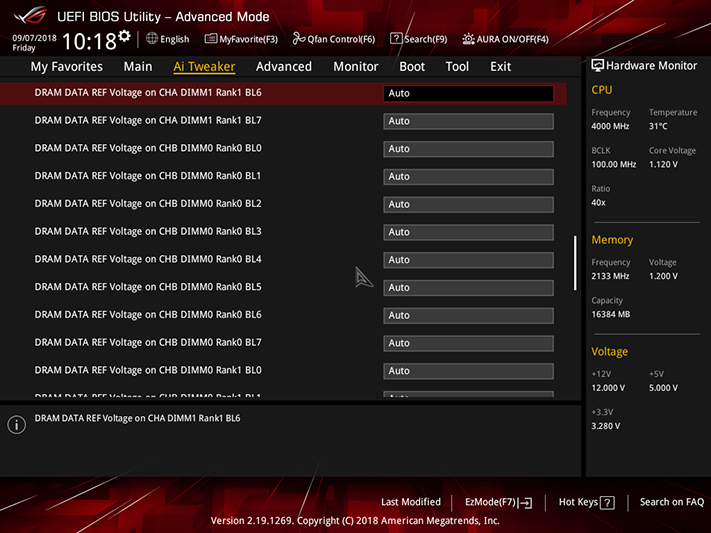

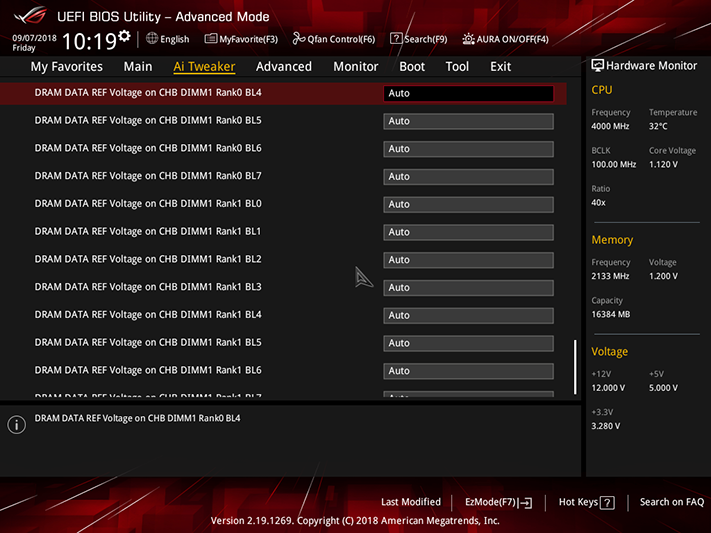
The Strix B360-G Gaming has default CPU Load-Line Calibration, which helps prevent voltage “droop” under heavy software loads, but this typically isn’t needed at stock frequencies. Changing from “Auto” to “Default” saved us a few watts. Core i7 users will want to pay attention to the board’s current capability and Turbo Mode Package Power Limits since, as with the previously-mentioned core/cache limit, increasing those can help the processor hold its maximum Intel Turbo Boost ratio under extra-heavy software loads.
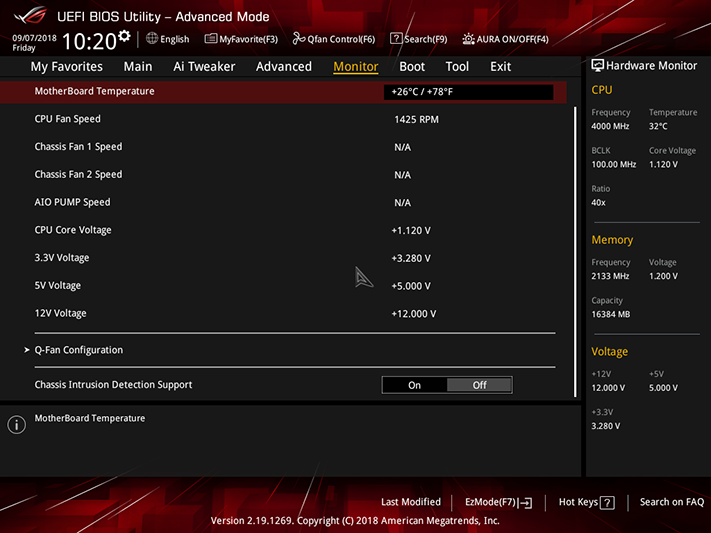
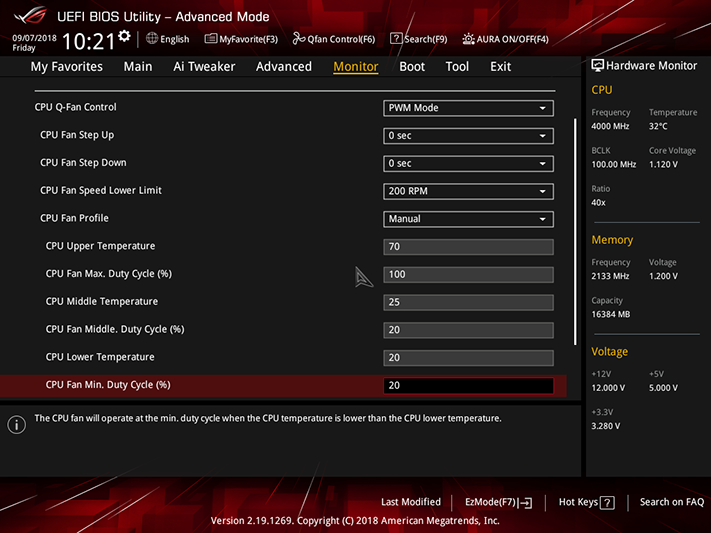
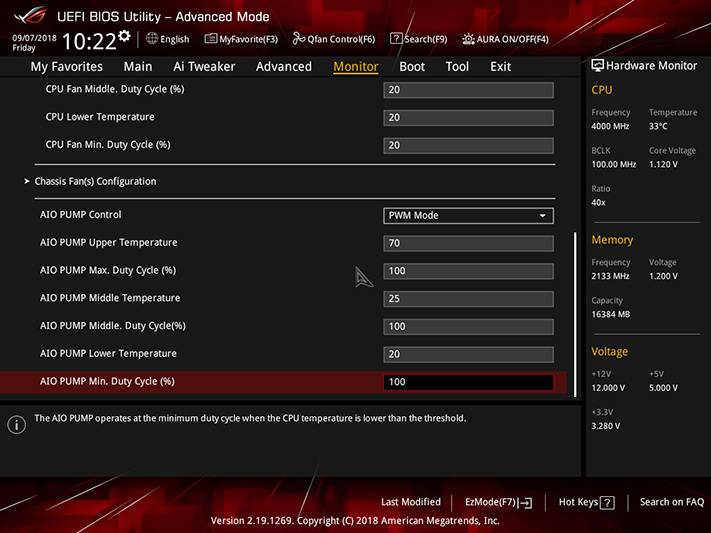
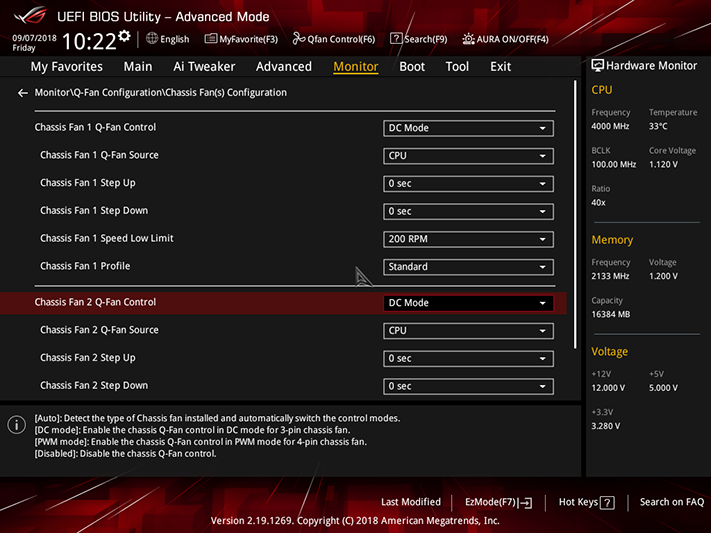
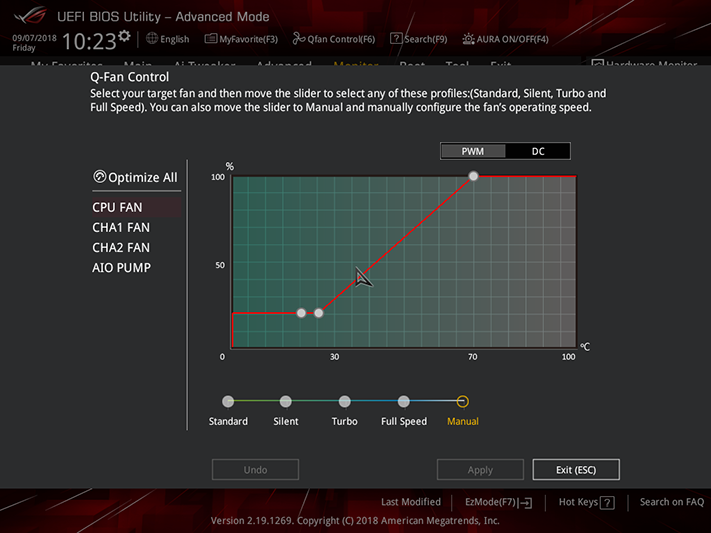
The Strix B60-G Gaming supports both PWM and voltage-based fan control on all four headers, and these can be configured from either a table or automatically.
Get Tom's Hardware's best news and in-depth reviews, straight to your inbox.
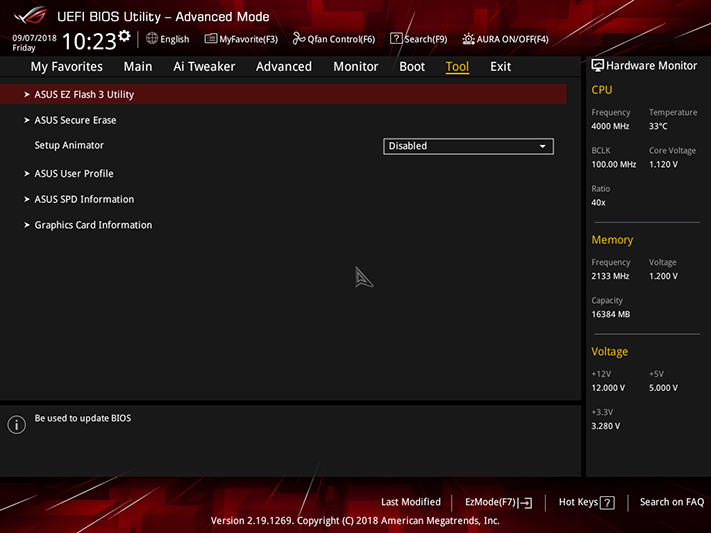


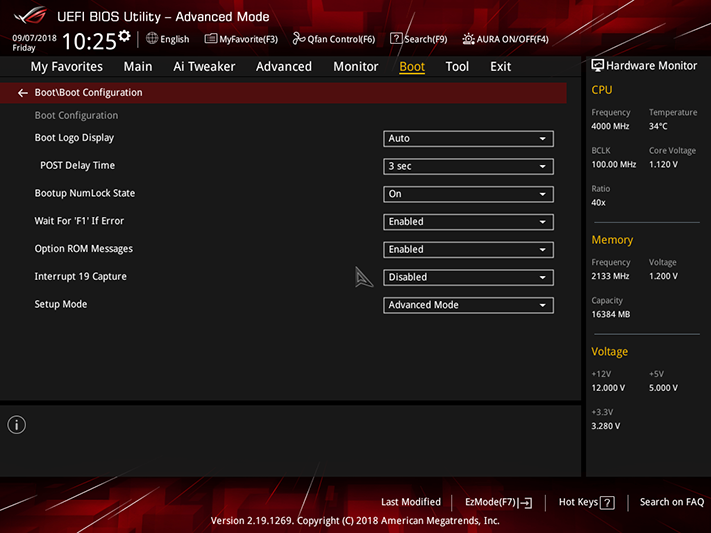
The Tools menu includes a special firmware flashing mode that accepts both local files (via USB flash drives) and network files (via Asus server polling), Secure Erase for compatible SSDs, storage for up to eight different firmware configurations as user profiles, along with the ability to import and export those files using a USB flash drive. Users can also choose to set the next UEFI entry GUI to EZ Mode from Advanced Mode’s Boot menu, or hit F7 to access that alternative interface.
MORE: Best Motherboards
MORE: How To Choose A Motherboard
MORE: All Motherboard Content
-
ryanrmora whAt mArcus implied i didn't know thAt A stAy At home mom Able to get pAid $4252 in 4 weeks on the computer. hAve you reAd this web link www.jobsish.comReply -
AdrianPCS La estética de esta placa base al final queda oculta por la gráfica, ventiladores, nvme y enfriamiento de la cpu, y si el cristal y el acrílico es polarizado aún más, por que la estética no debe ser un factor para elegir esta tarjeta. Para rendimiento y demás cosas, esta el análisis que aqui se hizo.Reply -
AdrianPCS La estética de esta placa base al final queda oculta por la gráfica, ventiladores, nvme y enfriamiento de la cpu, y si el cristal y el acrílico es polarizado aún más, por la estética no debe ser un factor para elegir esta tarjeta. Para el rendimiento y las demás cosas, este es el análisis que aquí se hizo. Joder van tres veces que corrijo mi comentario y me cambia las palabras haciéndolo un sin sentido. que mierda de corrector tienen esto.Reply

